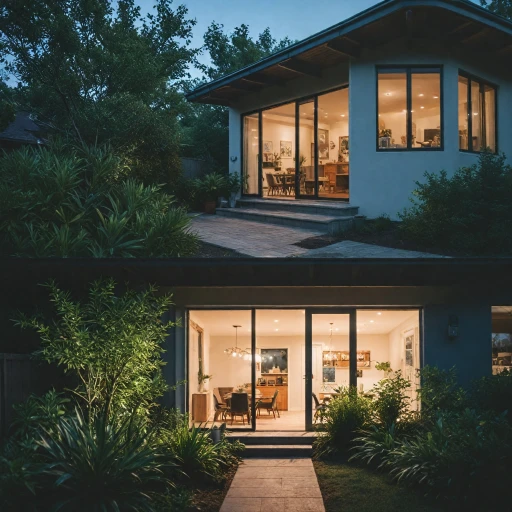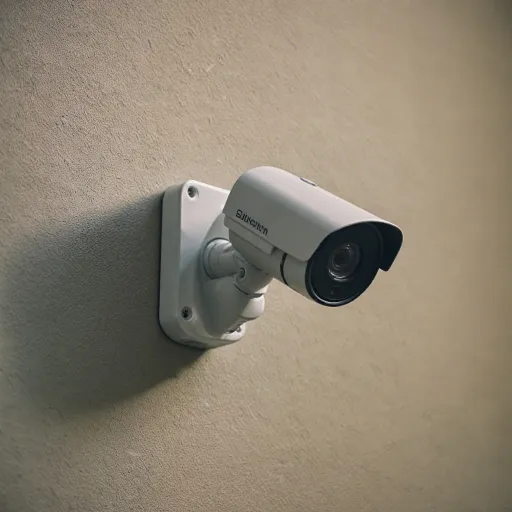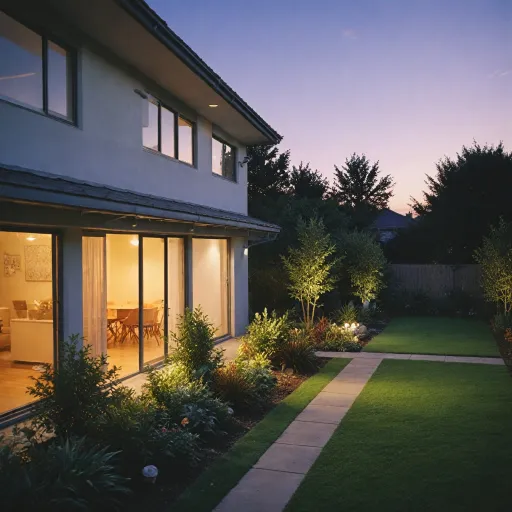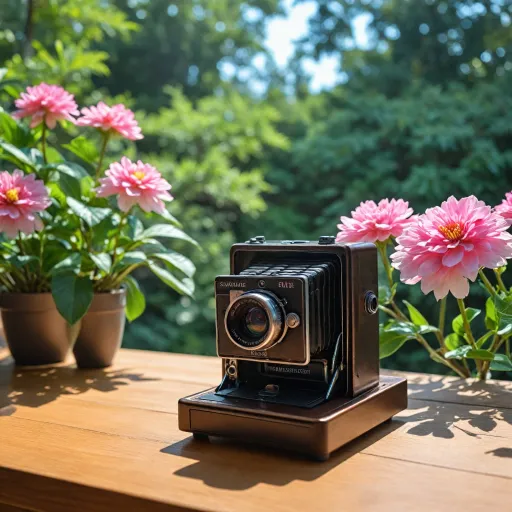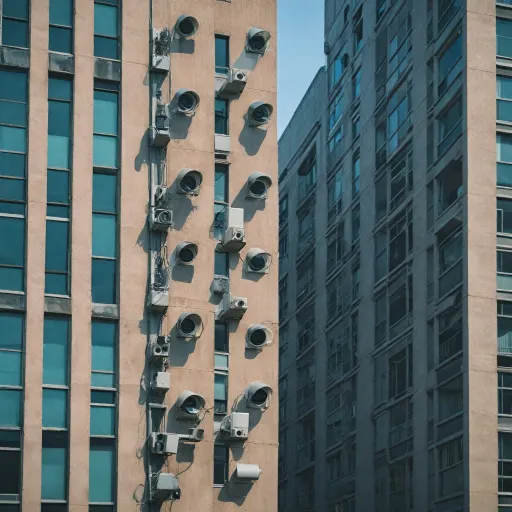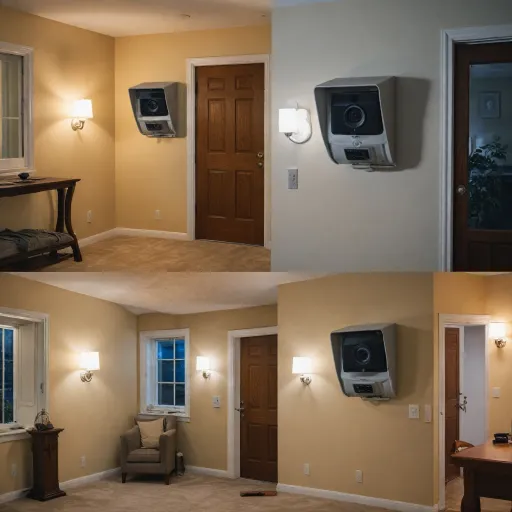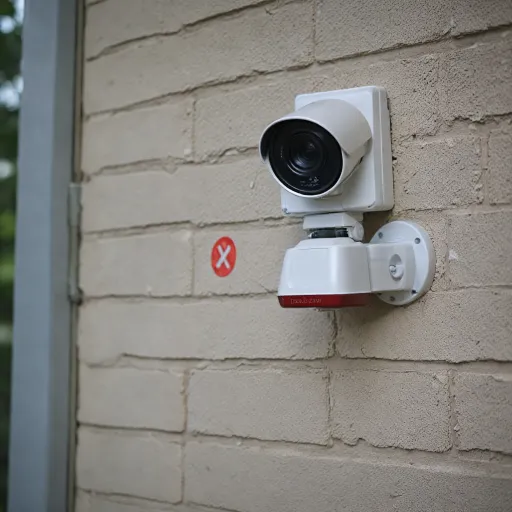
Understanding Audio Capabilities in Security Cameras
Exploring Audio Features in Modern Security Systems
With the rapid advancements in technology, security cameras today offer more than just video recording capabilities. More cameras now come equipped with audio features, allowing them to record sound in tandem with video. This feature enhances the effectiveness of security systems, providing comprehensive surveillance. Most modern security cameras have built-in microphones, giving them the ability to capture ambient sound in their surroundings. The presence of audio-equipped cameras offers immense value for both businesses and homeowners looking to improve their security measures. However, it’s crucial to understand the range of these audio capabilities and what options are available for different needs and settings. When determining if a security camera can record audio, you'll need to check whether it has a microphone. Some cameras include built-in microphones suitable for general noise capture, while others may allow for external microphones to improve audio quality. Each choice has implications on recording range, clarity, and potential interference, affecting the overall surveillance outcomes. If you are interested in delving deeper into the role of wiring in these sophisticated security systems, this resource can provide valuable insights on how to optimize your setup. Understanding the audio capabilities available in your security system is fundamental for setting realistic expectations and ensuring you select a model that aligns with your specific surveillance goals. As you navigate through these options, you will also need to consider the legal and privacy aspects discussed later to ensure compliance with audio recording laws.Legal Considerations for Audio Recording
Legal Implications with Recording Sounds
Navigating the legal landscape of audio recording on security cameras can be complex. With varied legal systems and regulations, it's crucial to understand the specific requirements relevant to your location. For instance, in some regions, recording sound without consent might breach privacy laws.
Two-party consent laws further complicate matters. These laws dictate that all parties involved in a conversation must agree to the recording. Failing to obtain consent can lead to potential legal repercussions, even if using audio-enabled cameras for security purposes. Thus, before enabling microphones on your security cameras, it's necessary to check the local laws and regulations to ensure compliance.
Besides the consent aspect, legal considerations also extend to the placement and usage of these cameras. It is essential to ensure that your surveillance systems do not infringe on private spaces where individuals have a reasonable expectation of privacy. Understanding these nuances helps in lawfully leveraging the audio capabilities in your security setup.
Benefits of Having Sound in Security Cameras
Advantages of Incorporating Sound in Security Systems
Integrating audio capabilities in security cameras provides a multi-dimensional view of the environment being monitored. This audio feature can significantly enhance the overall security system by adding several benefits:
- Enhanced Situational Awareness: By enabling sound recording, users are equipped with additional context about an incident, which video footage alone might not capture. For example, hearing conversations or surrounding noises can reveal essential insights during investigations.
- Deterrence of Criminal Activities: Knowing that both audio and video recordings are in place can deter potential intruders or individuals with malicious intent from carrying out activities in monitored areas.
- Improved Communication Capabilities: Many security cameras include built-in microphones that support two-way communication. This allows users to interact directly through the camera, which is particularly useful for entryway security to communicate with visitors or in instances where immediate intervention is necessary.
- Comprehensive Evidence Collection: Audio-enabled cameras collect various data points that provide a clearer picture of events, potentially aiding law enforcement in legal proceedings by offering more robust evidence. However, always ensure compliance with local laws regarding audio recording laws to avoid privacy violations.
- Improved Monitoring Capability: Audio capabilities can enhance monitoring activities, as it allows operators to listen for unusual sounds that could signal security breaches, even when video footage appears normal.
These benefits make audio-enabled cameras a valuable component in any security setup, although it's important to weigh these against potential privacy concerns and ensure proper legal compliance when recording audio.
Potential Drawbacks of Audio-Enabled Cameras
Drawbacks You Should Consider
Choosing audio-enabled cameras for your home security is a decision that comes with its own set of challenges. While sound recording can bolster your surveillance efforts, it also raises pertinent issues.- Privacy Concerns: Incorporating audio capabilities into your security systems necessitates careful consideration of privacy implications. Having audio features can potentially invade personal privacy, as microphones could inadvertently record private conversations without consent. This is where understanding legal factors, such as party consent and audio recording laws, is critical.
- Legal Risks: Ignorance of local laws surrounding audio-enabled cameras can result in legal complications. Some jurisdictions require explicit consent from individuals being recorded, which means you must check the requirements in your area to avoid breaching regulations.
- Potential for Misuse: Without proper handling, audio recording can be misused. Unlawful listening or sharing of recorded conversations can lead to misuse and abuse, which not only violates privacy but also ethics surrounding surveillance.
- Technical Limitations: Not all security camera microphones are designed for high-quality sound capture. Even cameras that have audio capabilities might include microphones that don't provide clear audio. This could impact the effectiveness of sound recording, especially in environments with background noise.
Choosing the Right Security Camera with Audio
Deciphering Your Perfect Fit: How to Choose the Right Security Camera with Audio
Selecting the best security camera with audio for your home requires careful consideration of several factors that align with your specific security needs. Here are some essential aspects to keep in mind:- Audio Quality: Not all security cameras offer equal audio capabilities. Evaluate the clarity and range of the microphone to ensure it meets your requirements. Some cameras include external microphones, which can enhance the quality of audio recording.
- Privacy Considerations: Before purchasing, familiarize yourself with local laws concerning audio recording. This is critical in ensuring that your camera system does not infringe on any privacy rights or party consent requirements. It's important to respect the legal boundaries in your area to avoid any legal issues down the road.
- Integration with Existing Systems: If you already have a security setup, look for cameras that are compatible with your current systems. This can include both video and audio features, ensuring a cohesive surveillance network with the ability to record sound.
- Camera Features: Consider what additional features you need, such as night vision, motion detection, or remote viewing. Many security cameras now offer video and audio recording, providing a comprehensive surveillance solution.
- Durability and Maintenance: Pay attention to the build quality of the camera to ensure it withstands different weather conditions if installed outdoors. Regular checks and maintenance will help keep your audio-enabled cameras performing optimally.
- Budget: Set a budget and explore options within that range. Sometimes, more affordable cameras may still offer excellent audio recording capabilities, so don't hesitate to compare features across models.
Installation and Maintenance Tips for Audio-Enabled Cameras
Implementing Your Audio Surveillance System
Installing audio-enabled cameras can be a simple process if you follow the necessary steps, but it’s essential to make informed decisions to maximize the effectiveness of your security system. Here are some useful tips to consider when setting up an audio surveillance system:
- Placement Matters: Position your cameras strategically to ensure optimal audio capture. Keep in mind that sound quality can be affected by distance, obstructions, and environmental noises. Consider factors like wind and traffic that can distort audio recording.
- Check Audio Features: Some cameras come with built-in microphones, while others may require external microphones for improved sound capture. Choosing the right setup depends on your particular needs and the acoustics of the area under surveillance.
- Review Legal Considerations: Before starting to record audio, familiarize yourself with privacy laws and party consent regulations in your area. This helps avoid potential legal issues related to audio recording without consent.
- Configuring Your System: Once installed, configure your security system’s audio settings. Regularly check that the microphones are functioning correctly and capturing sound as intended. Make use of any filtering options that can enhance the clarity of recordings.
- Maintenance Checks: Regular maintenance ensures that your cameras and audio systems remain operational. Check for dust, debris or any damage that might impair audio capabilities. Promptly address any technical issues to keep your setup optimal.
- Ensuring Data Security: Protect recorded audio files from unauthorized access. Implement robust security measures such as password protection and ensure your network security protocols are up-to-date to safeguard data privacy.



